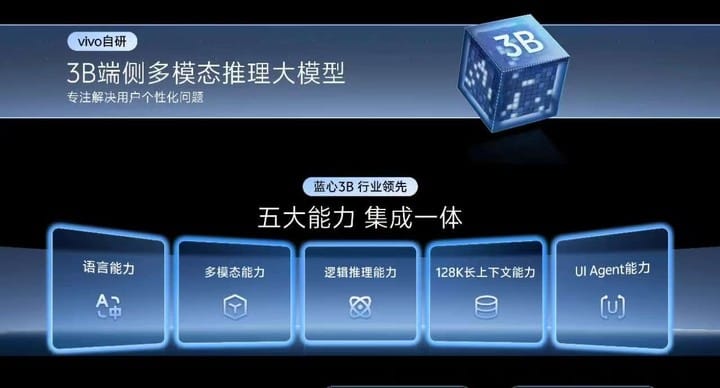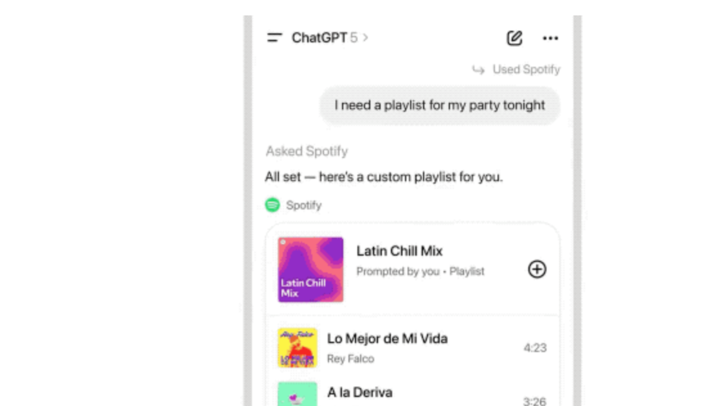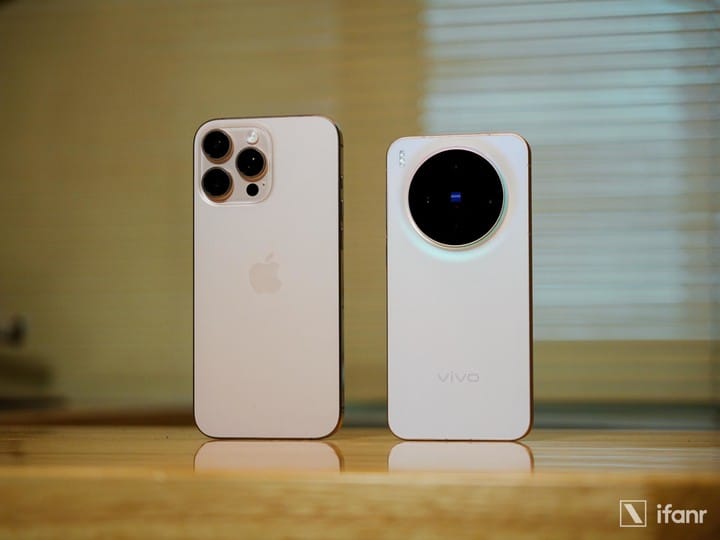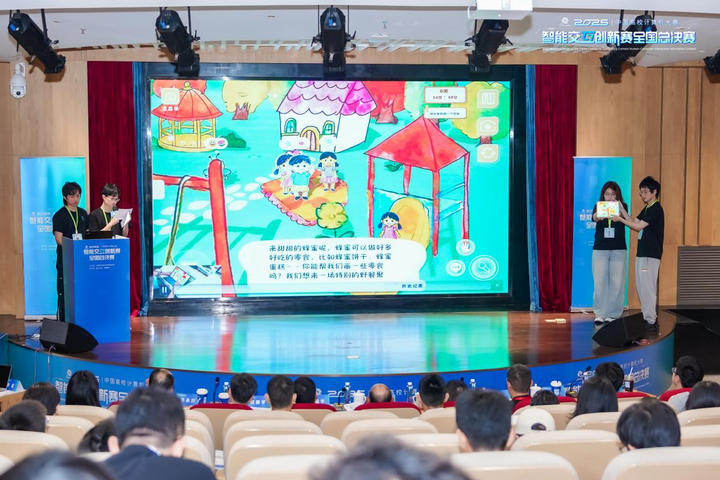Dialogue with vivo OS VP of Product: AI Won’t Create New Demand — The Journey Ahead Is a Question of Form, Not Destination

The Rise of AI–OS Integration: vivo OriginOS 6
The first half of the smartphone OS era was about putting functions into buttons and apps. Now, vivo’s newly unveiled OriginOS 6 at this year’s developer conference showcases the irreversible trend of AI–OS integration.
Beyond the buzz of multimodal, reasoning capability, and long-text processing, AI is no longer just a “feature list” in a phone — it’s becoming a core driver of the smartphone experience.
---
From ChatGPT to UI Agent: Bridging OS and AI
vivo introduced the concept of a UI Agent — designed to truly understand user intent and complete full cross-app collaborations from a single natural request.

Around the same time, at OpenAI DevDay, a similar vision emerged: turning ChatGPT into an “operating system.” You could invoke Spotify or Canva with one sentence, interact directly via inline panels, and blur the interface boundary: conversation is the app, app is the interface.

When OS learns to understand humans and AI models learn to orchestrate apps, the boundary between AI and OS starts fading. Will this lead to one destination, or spawn an entirely new ecosystem?
---
Exclusive Interview: vivo’s AI OS Vision
After the keynote, ifanr interviewed:
- Zhou Wei — VP of OS Products & President of Global AI Research Institute
- Guan Yanbing — GM of AI Products
- Huang Zixun — Director of AI OS Products

Industry Trends: Defining the “AI Phone”
Zhou Wei identifies three core issues for AI in smartphones:
- Large model capability — must run on-device and be personalized. Without personalization, it’s just generic AI.
- Integration with native system capabilities — building AI-powered foundational modules at the OS level before adding apps.
- Third-party & ecosystem collaboration — device makers only control ~15% of user time; 85% is in third-party services.
Layers of AI–OS integration:
- Bottom: Large models and capabilities
- Middle: System foundational capability construction
- Top: Manufacturer and third-party applications
---
“Conversation as App” vs. OS-Centered AI
Huang Zixun notes that vivo’s Blue Heart Xiao V already supports conversational invocation of apps and OS capabilities — but OS gestures and proactive UI elements remain important alongside voice/chat interactions.

Guan Yanbing highlights:
- Overseas ecosystems integrate services like Spotify & Figma; domestic ecosystems differ.
- AI assistants excel at long-tail personalized tasks that apps don’t cover — e.g., “Transform this image into Pixar style and set as wallpaper.”
---
On-device Models: Why “Personalized Intelligence” Matters
Personalized intelligence in vivo’s UI Agent:
- Acts like a friend or partner — possible only with strong on-device AI that continuously perceives context.
- True multimodal interaction — voice, images, text, and screen awareness.
Ideal AI Agent Requirements
- Collaborative service distribution with third parties
- Clear role of phone manufacturers as both platform providers and capability developers
---
Ecosystem Standards & App Silos
Zhou Wei admits:
- AI Agents currently operate mainly on vendor-owned apps.
- Cross-app actions need secure industry-wide authorization standards.
- vivo is refining UI-based recognition year by year to prepare for broader interoperability.
---
Collaborative Agent Rollout
- Partnerships with major players like Gaode, Baidu, Alipay
- OS6 will launch multiple Agents in the coming month
---
Model Strategy Shift: From 175B Cloud to 3B On-device
Why 3B is optimal now:
- Lower memory footprint — 2GB RAM usage instead of 4GB
- Superior reasoning — better than many global ~8B reasoning models
- Improved token output — 200 tokens vs. 80 last year
- Long-context handling — major UX leap
---
DeepSeek’s Influence
Open-sourced DeepSeek levels the playing field for trillion-parameter models, benefiting vivo’s distillation into smaller models.
---
Why Develop a 1B Model?
- Runs permanently for background tasks: geofencing, monitoring, memory
- Optimized for low-power, internal services
---
Charging Philosophy: Device vs. Cloud AI
- Device-side AI: Always free
- Cloud AI: May require cost sharing, especially for low-end devices with limited RAM
---
AI Feature Design: “Zero-friction” Experience
Huang Zixun describes the approach:
- Avoid explicit “AI buttons” and unfamiliar scenarios
- Integrate AI invisibly into existing workflows — e.g., auto-filename for recordings
- Preserve user habits; enhance tasks naturally
---
Balancing Stability & AI Iteration
Zhou Wei:
- AI should not create new demand — it should make the phone more useful for existing needs
- Enhancement without disruption — rethink how existing functions are implemented using AI
---
Strategy: Personalized Assistant, Specialized Bridges
- Smartphones act as personal assistants for general needs
- Specialized assistant functions come from partner services
- vivo builds bridges between specialized assistants and users
---
MR/AR Integration
- MR devices link the physical and digital world via recognition & service requests
- Unified OS processes across hardware
---
Hardware Expansion
- AI Terminal Division established
- Projects include glasses, home robots, Blue River OS adapted to multiple chipsets
---
Broader Ecosystem Collaboration
Platforms like AiToEarn官网 provide:
- AI content generation
- Cross-platform publishing (Douyin, WeChat, Instagram, YouTube, X/Twitter, etc.)
- Analytics & AI模型排名
Such tools parallel vivo’s approach — bridging AI capability with real workflows for creators and developers.
---
Key Takeaways:
- AI is shifting from “features” to integrated OS intelligence
- On-device models are crucial for personalization, performance, and privacy
- Ecosystem collaboration and industry standards are necessary to unlock full Agent potential
- “Zero-friction” design ensures AI adoption without disrupting user habits
- Open-source models like DeepSeek are accelerating innovation for everyone
---
Would you like me to also create a flowchart visualization of vivo’s AI–OS integration layers for this rewritten piece? It could clarify the Bottom–Middle–Top structure for readers.



